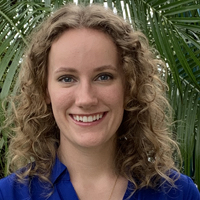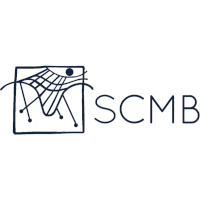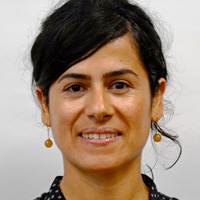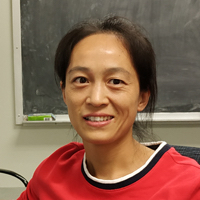Suzanne Lenhart (University of Tennessee, Knoxville, Mathematics)
Zoom To obtain the Zoom link, please contact Youngmin Park at park.y@ufl.edu.Optimal control for management of aquatic population models Optimal control techniques of ordinary and partial differential equations will be introduced to consider management strategies for aquatic populations. In the first example, managing invasive species in rivers can be assisted by adjustment of flow rates. Control of a flow rate in a partial differential equation model …









